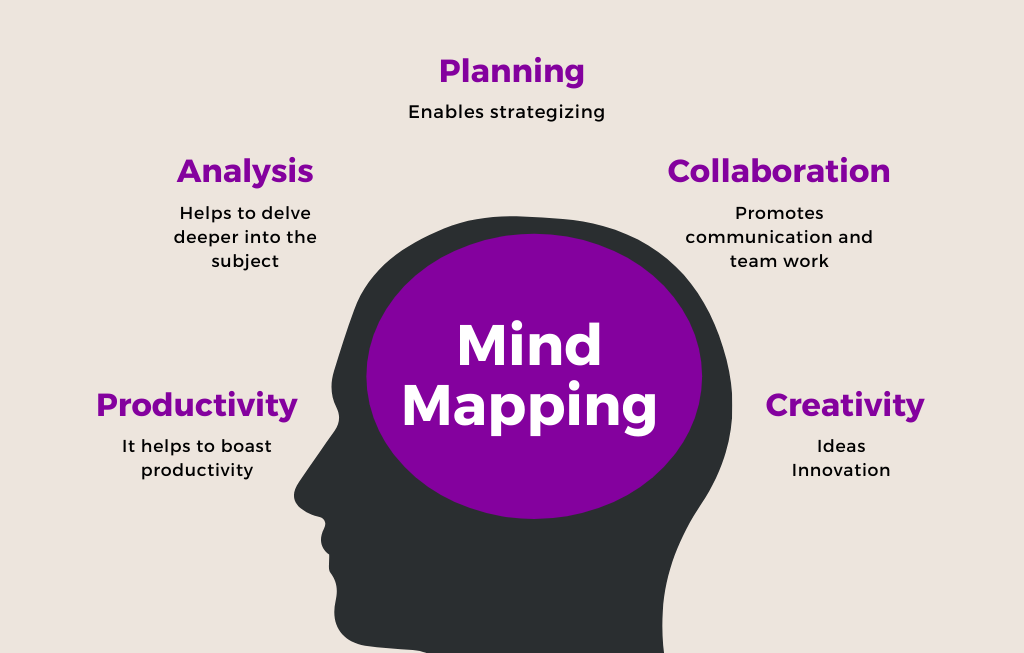Just because we are talking about a sport that involves animals and stables and a sport that is thousands of years old, it doesn’t mean that horse racing is immune to tech innovation.
In fact, the sport now is quite different compared to a few decades ago. We now have technology in every aspect of horse racing, from breeding racehorses, to training them and racing them on the track.
These tech innovations are the reason why horse racing is still popular as a sport, and we are not exaggerating this. Horse racing has always been labeled as an unethical sport, but technology helped horse racing evolve.
The sport now has tech sensors, wearables, rules, conditions, and many other things that will ensure that it is always safe for both the jockey and the horse. We now can analyze the horse’s health before every race, or even place wearables that use AI technology that tracks the horse’s movement and can predict how likely the horse can sustain an injury.
That’s wild! Let’s look at how technology really changed the Sport of Kings.
1. Wearables
Smart wearables have changed the sport in many ways and this technology constantly evolves bringing new possibilities when it comes to gathering valuable health data that will make horse racing safer.
But what started as a wearable technology only by the jockey grew to a more advanced equine tech, and nowadays, most racehorses have this technology attached to them.
Why? Well, this sensor collects vital health information about the horse in real-time. Things like speed, pace, heart rate, oxygen levels, movement, and so on.
But that’s not the most impressive part of this technology. The most impressive part is when this technology is infused with AI and machine learning.
Brands like Equinity and StrideSAFE offer devices that monitor:
- Heart rate variability (HRV): Detects stress and potential overtraining.
- Stride length and cadence: Identifies if a horse is losing its rhythm or showing signs of fatigue.
- Speed and distance: Crucial for pacing strategies during training.
A study from Washington State University found that accelerometer-based sensors could detect subtle gait changes that indicate a higher risk of injury. This early-warning system can prevent serious injuries, potentially saving a horse’s career — or life.
Why is this important? Well, first of all, we want to make the sport less impactful on the horse’s lives. Plus, horse racing is a sport where injuries (even the slightest ones) can turn out to be very costly.
Lastly, it is a dangerous sport where fatalities can happen (1.4 fatalities per 1,000 starts in the U.S.).
Therefore, these wearable devices have become a standard in the horse racing industry. Plus, they are very versatile.
For example, apart from their use of improving the horse’s health, the data they collect can be used when placing a horse racing bet. Can you imagine getting all the information (pace, speed, stamina, form) about the horse before placing a bet?
But if you are new to horse racing betting, you first need to learn how to read odds at TwinSpires.com before moving into deep data analysis.
2. Track Sensors: The Turf Has Eyes
Racetracks aren’t just dirt and grass anymore. They’re becoming smart surfaces loaded with sensors that can detect even the slightest imperfections or hazards. These innovations include:
- Embedded Pressure Sensors: Devices like TrackSure analyze the firmness and consistency of the track, helping ground crews maintain ideal conditions.
- Thermal Imaging: This tech detects temperature variations in the track, which can indicate uneven moisture or hidden hazards.
At Santa Anita Park, track sensors and ground-penetrating radar were introduced after a spate of tragic horse fatalities. These sensors provide data to ensure the track surface remains optimal and safe.
3. AI and Data Analytics: Smarter Than Your Average Trainer?
Artificial Intelligence (AI) is now crunching numbers faster than trainers can say “triple crown.” AI models process data from wearables, track sensors, and race results to predict:
- Optimal training regimens: AI can suggest when a horse should rest, train harder, or taper off.
- Injury risks: Algorithms analyze patterns that humans might miss, flagging potential issues before they become problems.
Companies like Equimetre and HorseAnalytics are leading the charge, offering AI-driven insights that help trainers make data-backed decisions.
4. Thermal Imaging Cameras: Finding Hidden Aches and Pains
Ever wish you had X-ray vision for your horse? Thermal imaging is pretty close. Cameras like those from FLIR Systems detect heat patterns that can reveal inflammation or injuries invisible to the naked eye.
How it works:
- Before a race: A quick thermal scan can show if a horse has a “hot spot” — a potential injury site.
- Post-race analysis: Helps identify strain or inflammation, allowing for quicker treatment and recovery.
Thermal imaging has been credited with reducing undiagnosed injuries by up to 40% in some stables.
5. Smart Stables: The Future of Horse Management
It’s not just the racetrack that’s getting smarter — stables are upgrading too. The concept of “smart stables” includes:
- 24/7 monitoring cameras: Detect unusual behavior patterns (e.g., a horse pawing the ground excessively).
- Automated feeding systems: Ensures precise nutrition, helping horses maintain peak condition.
- Environmental controls: Regulates temperature and air quality to keep thoroughbreds comfortable.
These systems can help reduce stress and illness, ensuring horses are happier and healthier. And let’s face it, a happy horse is a fast horse.













